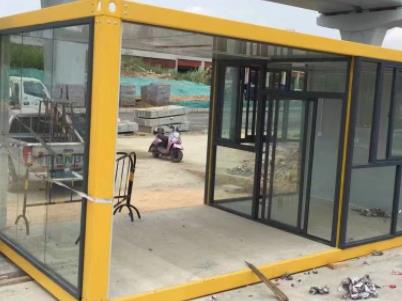Packing, English name container. It is a component tool that can carry packaged or unpackaged goods for transportation, and is convenient for loading and unloading with mechanical equipment.
The success of the container lies in the standardization of its products and the entire transportation system established therefrom. It can standardize a behemoth with a load of dozens of tons, and gradually realize the logistics system supporting ships, ports, routes, highways, transfer stations, bridges, tunnels, and multimodal transportation worldwide on this basis. This is indeed worthwhile. One of the greatest miracles ever created by mankind.
Container calculation unit, abbreviation: TEU, is the abbreviation of English Twenty Equivalent Unit, also known as 20-foot conversion unit, which is the conversion unit for calculating the number of containers. Also known as International Standard Box Unit. It is usually used to express the capacity of a ship to load containers, and it is also an important statistical and conversion unit for container and port throughput.
Most of the container transportation in various countries uses two types of containers, 20 feet and 40 feet long. In order to unify the calculation of the number of containers, the 20-foot container is used as one calculation unit, and the 40-foot container is used as two calculation units to facilitate the unified calculation of the operating volume of the container.
A term used when counting the number of containers: natural box, also known as “physical box”. A natural box is a physical box that is not converted, that is, whether it is a 40-foot container, a 30-foot container, a 20-foot container or a 10-foot container, it is counted as one container.
Post time: Sep-16-2022







